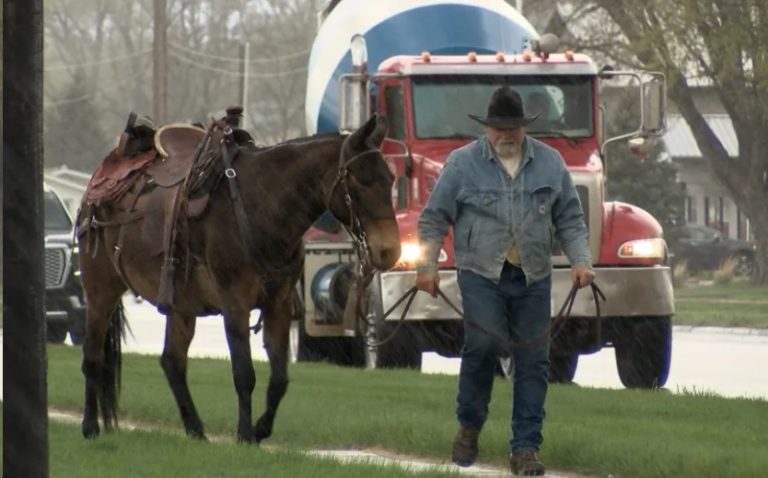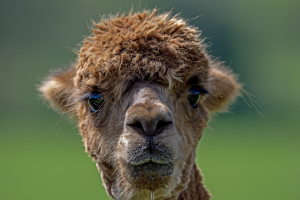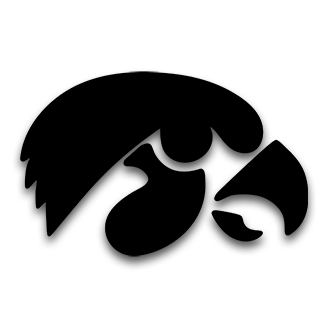IARN — Foot and eye issues in cattle can be an occasional problem in spring and summer, depending on weather, pasture, and feedlot conditions. While typically not devastating diseases, both can be severely debilitating conditions for affected cattle.
Dr Eric Moore is the director of technical services with Norbrook. He says eye and foot issues often manifest as lameness, lethargy, and reluctance to eat and drink, resulting in overall poor health and performance if left untreated. He talks about things producers can do to reduce potential problems.
“Meet with your local veterinarian or local animal health expert and make sure you have a plan going into the summer. We want to address areas that can cause mud, areas that may be fenced-off areas that can lead to the softened areas which can lead to foot rot. We sure want to try and control flies to reduce the incidence of pinkeye, and that isn’t a one-time treatment at the beginning of the summer: You really need to work all through the summer, be vigilant about controlling fly populations, helping reduce those diseases like pinkeye in control of those areas that can cause damage that can progress to foot rot.”
Moore looks at why these diseases seem more prevalent during the summer months.
“Those times of years where there is high fly pressure, cattle are out with long days, a lot of UV radiation exposure in pastures with flies, with tall grass that can act as an irritant to the eye, all those lead to predisposing conditions for pinkeye. With foot rot, we have conditions of standing in water, mud, either extreme conditions when it’s too hot or too wet can add to predispose those animals to those conditions.”
He discusses symptoms producers might notice, starting with pinkeye.
“The first thing we usually see is tearing, so you’ll see that wet mattering on the eye and across the cheek. And when we see that, it’s usually associated with dust or dirt matting on that, so you look for that dirty face, that dirty matted face. Cattle will also squint with pinkeye as it’s associated with pain with the disease. If we talk about foot rot, it’s pretty self-evident when a calf starts limping. Initial signs include looking at swelling between the claws, so you see those toes expand, will lead to a limp, and dragging a foot. Overall lameness in one limb.”
Moore talks about options to treat those diseases.
“It’s essential that you treat them early and treat them with a long-acting antibiotic the bacteria that caused both those diseases are susceptible to Oxytetracycline. A long-acting Oxytetracycline is a very effective treatment. One of the products that we manufacture is Noramycin 300. It is a long-acting Oxytetracycline that works well against those bugs that cause those diseases. The product is a lower dose than your 200 milligram Oxytetracycline products, and it has a label indication that allows you to apply treatment to last a longer duration of time.”
Other summertime diseases that cattle producers should be mindful of include summertime pneumonia and parasites. For more information on foot rot and pinkeye in cattle, and Noromycin 300 LA, check out www.norbrook.com.
(Story by NAFB)
Story reprinted courtesy of the Iowa Agribusiness Radio Network












